Contents
Landmarks
List of Figures
List of Tables
Page List
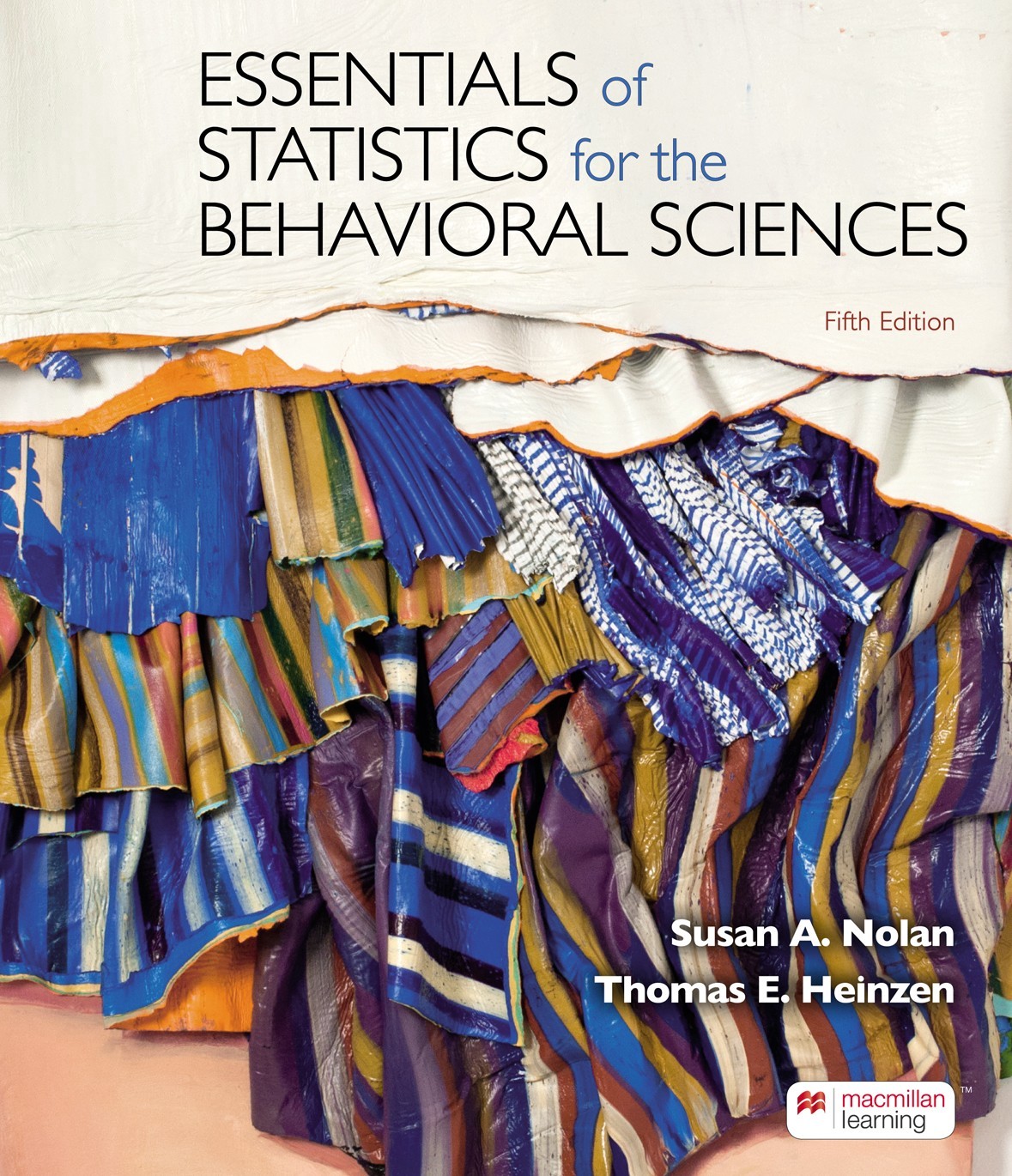
The front cover shows the name of the book and the text, Fifth Edition, at the top. The authors names are at the bottom right. The cover art shows multi-colored clothes painted on wood, as the background.
Essentials of Statistics for the Behavioral Sciences
FIFTH EDITION
- Susan A. Nolan
- Seton Hall University
- Thomas E. Heinzen
- William Paterson University

Senior Vice President, Content Strategy: Charles Linsmeier
Director of Content and Assessment: Shani Fisher
Executive Program Manager: Matt Wright
Developmental Editor: Michael Kimball
Assistant Editor: Nick Rizzuti
Marketing Manager: Clay Bolton
Marketing Assistant: Chelsea Simens
Director of Content Management Enhancement: Tracey Kuehn
Senior Managing Editor: Lisa Kinne
Executive Media Editor: Laura Burden
Associate Media Editor: Stephanie Matamoros
Lead Media Project Manager: Joseph Tomasso
Senior Workflow Manager: Lisa McDowell
Senior Project Manager: Vanavan Jayaraman, Lumina Datamatics, Inc.
Permissions Manager: Jennifer MacMillan
Senior Photo Editor: Sheena Goldstein
Director of Design, Content Management: Diana Blume
Design Services Manager: Natasha Wolfe
Interior Designer: Lumina Datamatics, Inc.
Cover Designer: John Callahan
Illustrations: MPS Limited, Evelyn Pence
Composition: Lumina Datamatics, Inc.
Cover Painting: Coquette 2017, oil on wood, 27 23 1/4 3 1/2 inches by Leslie Wayne
ISBN-13: 978-1-319-41756-7 (ePub)
2021, 2019, 2016, 2014 by Worth Publishers
All rights reserved.
1 2 3 4 5 6 25 24 23 22 21 20
Worth Publishers
One New York Plaza
Suite 4600
New York, NY 10004-1562
www.macmillanihe.com
For the students at Seton Hall University, from whom I have learned so much
Susan Nolan
To the person who had the best idea that anyone ever had: Charles Darwin
Tom Heinzen
ABOUT THE AUTHORS
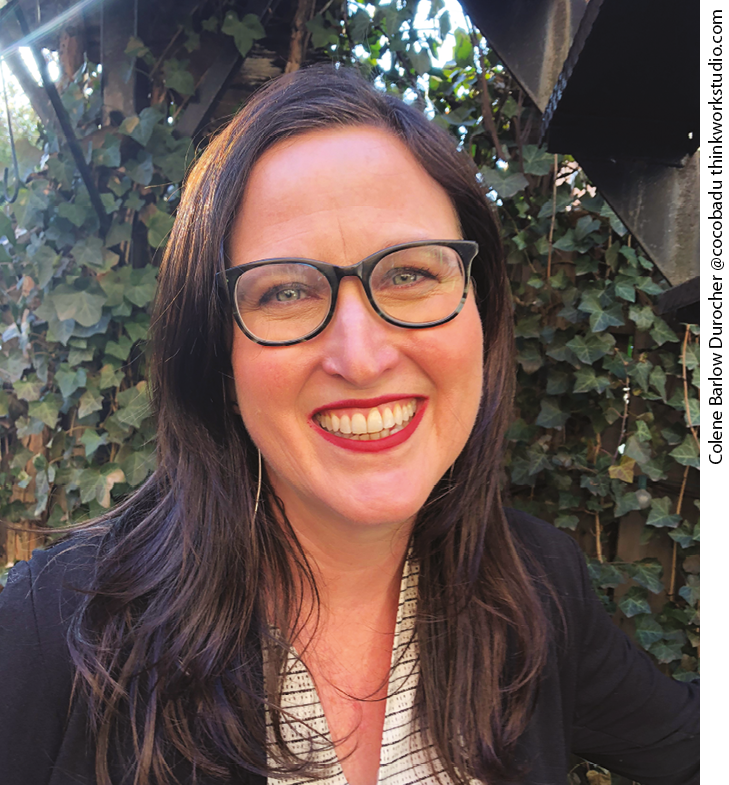
SUSAN NOLAN turned to psychology after suffering a career-ending accident on her second workday as a bicycle messenger. Susan graduated from the College of the Holy Cross and earned her PhD in clinical psychology from Northwestern University. She studies mental health stigma as well as the role of gender in the fields of science, technology, engineering, and mathematics; her research has been funded by the National Science Foundation. Susan is a professor of psychology at Seton Hall University. She served as a representative from the American Psychological Association (APA) to the United Nations and chaired a Society for the Teaching of Psychology (STP) Presidential Task Force on Statistical Literacy. Susan is a past president of the Eastern Psychological Association (EPA), was a 20152016 U.S. Fulbright scholar, and is the 2021 president of STP. She is a fellow of the EPA, the APA, and the Association for Psychological Science.
Susans academic schedule allows her to pursue her love of travel. She has ridden her bicycle across the United States (despite her earlier crash), swapped apartments to live in Montral, and explored the Adriatic coast in a 1985 Volkswagen Scirocco. She writes much of the book on her annual trip to Bosnia and Herzegovina, where she and her husband, Ivan Bojanic, own a small house on the Vrbas River in the city of Banja Luka.

TOM HEINZEN was a 29-year-old college freshman and a magna cum laude graduate of Rockford College. He earned his PhD in social psychology at the State University of New York at Albany in just 3 years.
He published his first book on frustration and creativity in government 2 years later; was a research associate in public policy until he was fired for arguing over the shape of a graph; and then began a teaching career at William Paterson University of New Jersey. He founded the psychology club, established an undergraduate research conference, and has been awarded various teaching honors while continuing to write journal articles, books, plays, and two novels that support the teaching of general psychology and statistics. He is also the editor of Many Things to Tell You, a volume of poetry by elderly writers.
Tom is a member of numerous professional societies, and is a Fellow of the APA, the EPA, the APS, and the New York Academy of Science.
His wife, Donna, is a physician assistant who has volunteered her time in relief work following hurricanes Mitch and Katrina; and their daughters work in public health, teaching, and medicine.
BRIEF CONTENTS
CONTENTS
- R2
 and Omega Squared, Effect Sizes for ANOVA
and Omega Squared, Effect Sizes for ANOVA
PREFACE
Statistics is hotter than ever. This is the era of big data. According to an article in The New York Times, statistics is perhaps the most promising, adventurous career option you can choose right nowand the field has been expanding significantly, thanks to the large amounts of information (called big data) available to us in this digital age. Data scientist is among the top three best jobs in the United States in 2020 as ranked by Glassdoor. And data science jobs pay almost $9000 per year more than the average salary for all bachelors level jobs (). Gone is the stereotype of boring (but influential) statistics geeks hiding behind their glowing screens. The new reality requires smart, reflective people who have been trained to explore big data, transforming them into something useful, while not losing sight of the people behind the numbers. This book trains you to find and create data, ask tough questions about a data set, interpret the feedback coming from data analysis, and display data in ways that reveal a precise, coherent, data-driven story. Statistical reasoning is not at the cutting edge of information; statistical reasoning is the cutting edge of information.
At the same time, the field is undergoing revolutionary change. As a result of the situationoften called a crisisin which researchers have been unable to replicate the findings of many earlier studies, ethical researchers are questioning everything. How should we collect and analyze data? How can we share our research methods, our statistical analyses, and even our actual data? And how might we foster critical thinking about approaches to research and data on an ongoing basis? The practices resulting from this revolution, often called open science, are increasingly part of the undergraduate curriculum in the behavioral sciences (). The open science movement makes it an incredibly exciting time to be a behavioral science researcher!
VIPERR: Principles for Teaching Statistics

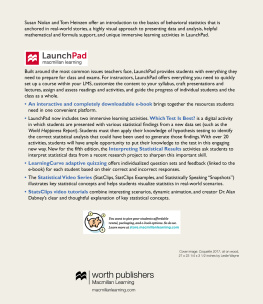



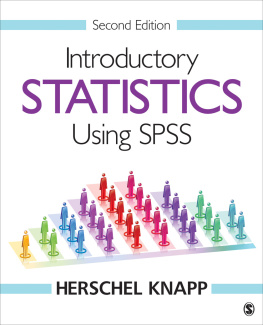
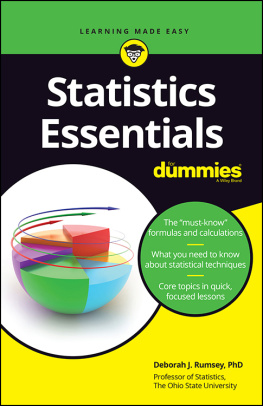
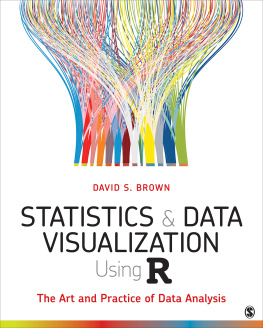
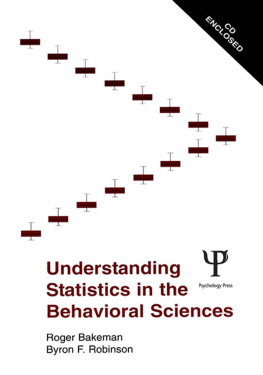
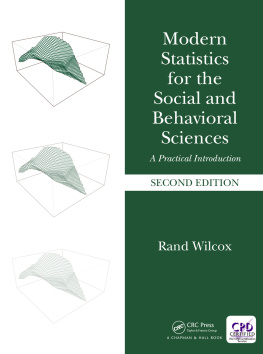


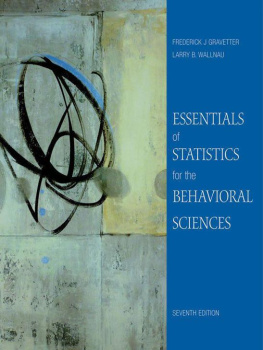




 and Omega Squared, Effect Sizes for ANOVA
and Omega Squared, Effect Sizes for ANOVA